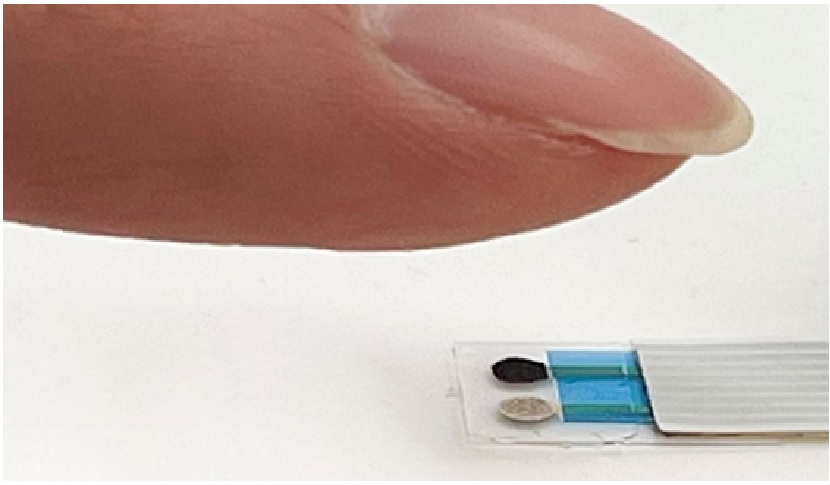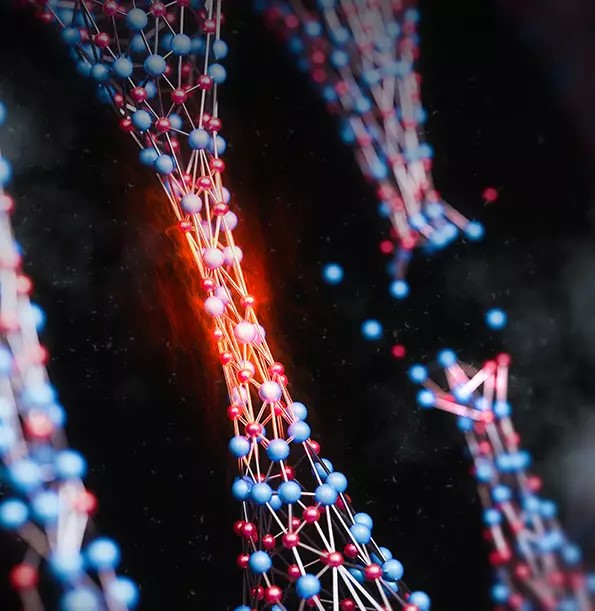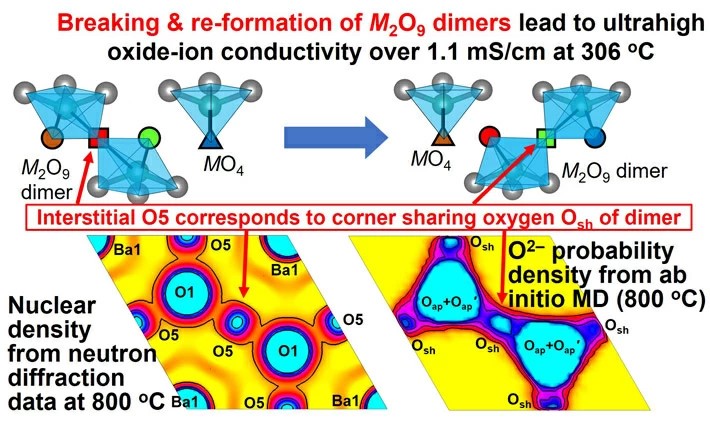A Leap Forward in Light-Driven Supramolecular Machines
The human vision system, a marvel honed by millions of years of evolution, serves as a testament to the intricate complexities that nature employs. To achieve sensitivity across the entire spectrum of visible wavelengths, nature utilizes a supramolecular chemistry approach. This involves the visual pigment, cis-retinal, undergoing a shape transformation upon capturing a photon. This intricate process triggers a cascade of chemical signaling events, ultimately culminating in the perception of vision in the brain.

Figure 1. Fish Inspiration.
Figure 1 shows the inspiration. Taking inspiration from deep-sea fish, some of which have evolved antenna-like molecules capable of absorbing photons in the red wavelength range, researchers have made groundbreaking strides in the realm of synthetic materials. These molecules transfer absorbed energy to retinal molecules, inducing a conformational change from cis to trans-retinal. In the world of synthetic systems, this process opens up possibilities for using low-energy light in applications such as energy storage and controlled drug release.
Lead author Professor Rafal Klajn from the Weizmann Institute of Science sheds light on their work, explaining how they've developed a superior supramolecular machine capable of efficiently converting azobenzenes—synthetic photoswitchable molecules—from stable to metastable conformation using almost any wavelength of visible light. Their approach involves a metal-organic cage filled with an azobenzene molecule and a light-absorbing antenna molecule, known as the sensitizer. Inside this supramolecular cage, chemical processes that would be otherwise implausible become not only possible but highly efficient.
Dr. Nikita Durandin, an Academy of Finland Research Fellow, emphasizes that this approach overcomes a common problem faced by azobenzenes—they typically require UV light to undergo photoswitching efficiently, limiting their applications. Now, with the supramolecular caging approach, they can achieve almost quantitative trans-to-cis isomerization with any color in the visible range.
The researchers at Tampere University conducted time-resolved spectroscopic studies, revealing that the photochemical processes triggering isomerization occur at a remarkable speed—in the nanosecond range, nearly 1 billion times faster than the blink of an eye. Dr. Tero-Petri Ruoko, an expert in ultrafast spectroscopy, notes that shining light on this supramolecular cage quickly converts almost all trans isomers into cis isomers. Simple mixing of components and exposure to light matching the sensitizer's absorption profile are sufficient to activate this extraordinary machinery.
Professor Arri Priimägi, leader of the Smart Photonics Materials group, highlights that this study introduces a novel approach to activating photoresponsive molecules with low-energy light, pushing them out of their thermodynamic equilibrium using chemistry that only takes place under confinement.
Drawing inspiration from millions of years of evolution, the research led by Rafal Klajn's group has translated nature's concepts into synthetic materials in less than five years. Looking ahead, the team is already working on the next generation of light-driven supramolecular machines, with a focus on applying these methodologies in soft robotics and light-activated drug delivery systems. The journey from deep-sea fish to cutting-edge technology showcases the power of learning from nature's brilliance.
Source: Tampere University
Cite this article:
Hana M (2023), A Leap Forward in Light-Driven Supramolecular Machines, AnaTechMaz, pp. 294















